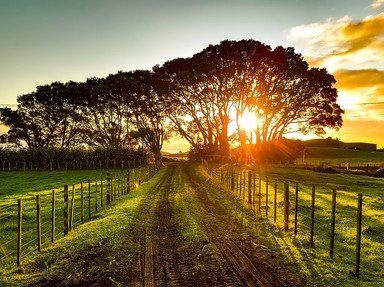
Labelling New Zealand / Aotearoa Quiz
You've played the quizzes, now see where all those places are located! With apologies for my ineptitude at manipulating images.
A label quiz
by looney_tunes.
Estimated time: 3 mins.


| 1. |
| 2. |
| 3. body of water |
| 4. |
| 5. on land |
| 6. |
| 7. |
| 8. |
| 9. |
| 10. |